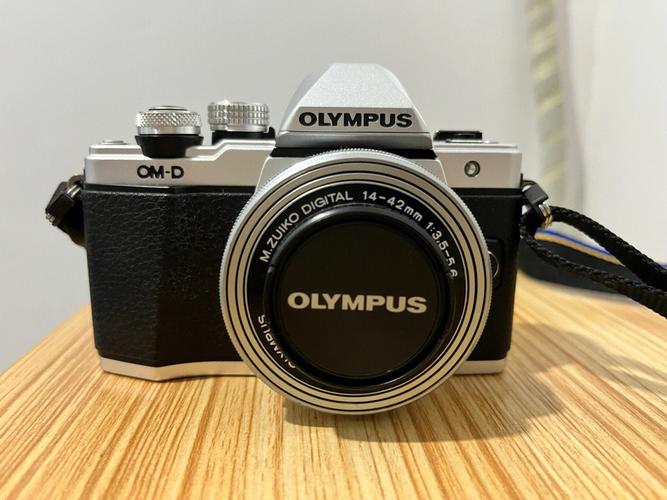Olympus OM Models: A Comprehensive Guide
When it comes to the world of photography, Olympus has always been a brand that stands out for its innovation and quality. The OM series, in particular, has been a staple in the camera market for decades. If you’re considering investing in an Olympus OM model, you’ve come to the right place. This article will delve into the details of these iconic cameras, covering their history, features, and the reasons why they remain popular among enthusiasts and professionals alike.
History of the Olympus OM Series
The Olympus OM series was introduced in 1972, and it quickly gained a reputation for being compact, lightweight, and high-quality. The “OM” in the name stands for “Olympus Mechanical,” reflecting the brand’s commitment to mechanical excellence. The first model, the Olympus OM-1, was a game-changer, and it set the stage for the rest of the series.

Over the years, the OM series has seen several iterations, with each model offering improvements in terms of performance, features, and design. Some of the most notable models include the OM-2, OM-3, OM-4, and OM-5. Each of these cameras has its own unique characteristics and appeal, making them highly sought after by collectors and photographers.
Design and Build Quality
One of the standout features of the Olympus OM series is its design. These cameras are known for their sleek, minimalist aesthetic, which has been a hallmark of Olympus’ design philosophy. The bodies are typically made of magnesium alloy, which not only makes them lightweight but also durable and resistant to corrosion.
The construction of the Olympus OM series is another area where these cameras shine. The mechanical components are precision-engineered, ensuring smooth operation and reliable performance. The cameras also feature a robust shutter mechanism, which is capable of handling high shutter speeds and long exposure times without issue.
Features and Performance
When it comes to features, the Olympus OM series offers a wide range of options to cater to different photography needs. Most models come equipped with a built-in light meter, which helps ensure accurate exposure. Additionally, many models feature a range of interchangeable lenses, allowing photographers to adapt their equipment to various shooting scenarios.

One of the most notable features of the Olympus OM series is the “OM System,” which is a collection of accessories and lenses designed specifically for these cameras. This system includes everything from flash units and filters to teleconverters and macro lenses, providing photographers with a comprehensive range of options.
In terms of performance, the Olympus OM series has consistently delivered exceptional image quality. The cameras are known for their sharp, detailed images, even at higher ISO settings. This is thanks in part to their high-quality lenses and advanced sensor technology, which has been a hallmark of Olympus’ camera offerings.
Compatibility and Modern Use
While the Olympus OM series was designed in the 1970s and 1980s, these cameras are still highly compatible with modern photography needs. Many models can be used with a range of digital lenses and accessories, allowing photographers to take advantage of the latest technology while still enjoying the classic OM design and build quality.
Additionally, the Olympus OM series has a strong following among vintage camera enthusiasts. These cameras are often sought after for their unique design, historical significance, and the sense of nostalgia they evoke. For collectors, owning an Olympus OM camera can be a valuable addition to any collection.
Table: Olympus OM Series Models
| Model | Release Year | Notable Features |
|---|---|---|
| OM-1 | 1972 | First model in the series, compact and lightweight design |
| OM-2 | 1975 | Improved shutter mechanism, built-in light meter |
| OM-3 | 1976 | Additional features, including a self-timer and multiple exposure modes |
| OM-4 | 1980 | Advanced autofocus system, improved build quality |
| OM-5 | 1983 |
Back To Top
|




